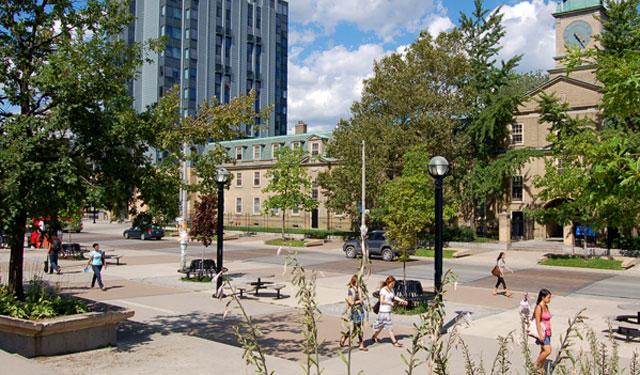We hear a lot about the “liveability” of cities. The Economist, Monocle, Business Week, all of them have their own an annual index of city liveability. But what about sustainability? What makes a city sustainable?
In a recent interview, Harvard Professor Joan Busquets expounds on the idea. The former head planner of Barcelona says that cities are sustainable when natural geographic features like rivers and mountains are incorporated into the urban framework, using flexible urban design that acknowledges history while looking to the future. An accessible, comfortable city center is a must as well.
“The sustainable city is a city that [deals] properly with the natural geography: the mountains, the water and the landscape,” said Busquets. “The second thing is a friendly city center – a comfortable city is perceived [as] comfortable by its users. Third dimension which is very important to me is a long lasting city. The design of the city can be there for decades. That has something to do with history.”
The post-WWII era of American city planning, dominated by automobile-centric design, is the counter-example. Freeways running along the waterfront, pedestrian-unfriendly city cores, huge streets. Basquets notes that European cities like Copenhagen and Zurich do a good job of integrating history and geography into the urban fabric, making for flexible cities that can be used in many ways.
Those cities, and others like them, are the same ones that dominate the liveability rankings. So sustainability and liveability, while not the same thing, at least have a lot in common.
(via HuffPo)
Photo: Toronto’s redesigned St. George Street (Brown + Storey Architects, via Sustainable Cities)
